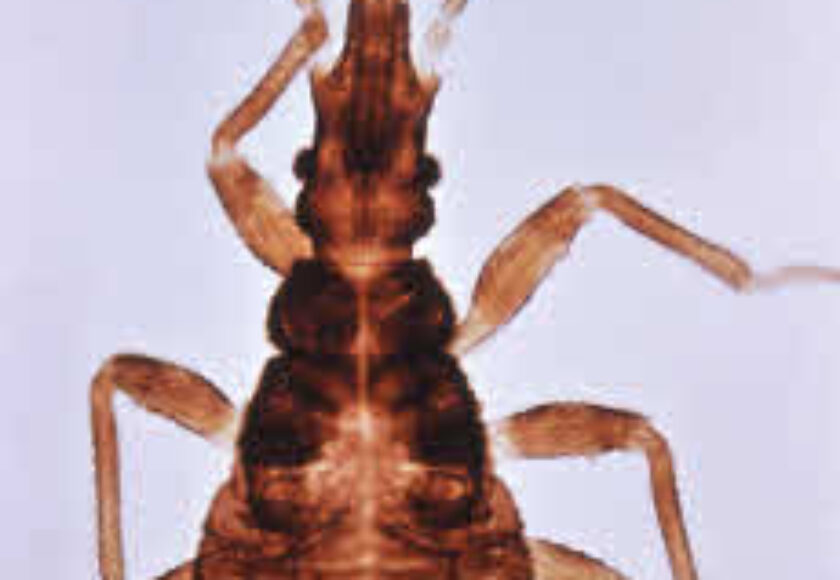Sometimes dogs develop a foreleg lameness without any witnessed injury. Initially, you may note only stiffness or limping when rising or after heavy play. Over time, the limping becomes consistent. One of the possible reasons for these subtle changes progressing to a lameness is tendon damage, which can range from uncomfortable to painful.
Tendons are connective tissue that attach muscle to bone and help the bones move. One tendon that dogs are likely to have problems with is the bicipital tendon, which attaches the bicep muscle to the shoulder blade and crosses through the shoulder joint.
The bicipital tendon allows the shoulder to extend and the elbow to flex. While people and dogs sometimes have problems with this tendon, people don’t walk on their arms, so it’s an entirely different problem for dogs.
Repetitive motion over time from running, jumping, and playing can lead to changes in the tendon, causing it to become tight and painful. In addition, an overweight dog will be putting more stress on the tendon. It is this repetitive trauma and/or overloading of the tendon that initially causes inflammation and tendon damage. The body will try to heal the tendon naturally; however, the lack of blood vessels at the origin of the tendon result in a response that is prolonged and lacks complete healing. This lack of complete healing can result in scar tissue forming, thus not allowing the tendon to work as well as it should.

With bicipital tendinopathies, pain and lameness increase with exercise and improve with rest. It gets worse after vigorous exercise. The condition is seen most often in medium- to large-breed dogs of most ages, and in athletic dogs (agility participants, racing and lure coursing dogs), and often in dogs who jump a lot, either over hurdles in flyball and agility or on and off the couch. Sometimes it is seen in small breed dogs too. However, it’s most common in out-of-shape dogs, those weekend warriors who sit all week and overdo on weekends. There are also some underlying diseases that can cause it, such as such as osteochondritis dissecans, medial shoulder syndrome, or developmental elbow disease.
Diagnosis
If the dog has a history of a subtle lameness of the front limb when rising or after play/exercise, an orthopedic examination is the first step. The shoulder will need to be localized as the source of discomfort. Your veterinarian will perform various manipulations to see if there is pain associated with the biceps tendon. Following an orthopedic examination, radiographs are the next step. A radiograph does a great job of giving us bony information to rule out many things; however, since the biceps is a soft tissue structure, unless it is calcified it can’t be seen on a radiograph. To truly diagnose a biceps tendinopathy, an ultrasound is used and in some cases magnetic resonance imaging (MRI) may be called for.
Treatment
Initially for an acute lameness or a first-time offender, it can be managed medically with rest, exercise restrictions, and nonsteroidal anti-inflammatories (NSAIDs) or other pain medications. The timeframe for healing is typically around 4-6 weeks.
In more severe cases or repeat offenders, a formal rehabilitation program and/or intra-articular injection of a steroid or biologic can be used. The timeframe for exercise restriction is going to vary between 8-12 weeks. That is a long, long time in which to walk the dog on leash to go potty, be restricted inside the house, and to forego all manner of squirrel chasing, playing, and running. However, that’s what lessens the inflammation. If a dog is not restricted to rest during that time frame, the inflammation is almost certain to return, and the rest period will need to start from day one again. The addition of formal rehabilitation therapy will aid in tendon healing and allows your pet to be intellectually stimulated during the down time of exercise restriction.
If the lameness does not go away after appropriate conservative management, surgery can be considered. The surgery aims to cut the tendon from its origin inside the shoulder joint (biceps release) to eliminate the discomfort that occurs from the tendon stretching across the joint. This surgery is commonly completed arthroscopically as this results in less tissue damage and a quicker return to function. Restricting activity and physical rehabilitation are still necessary after surgery, though.
In most situations appropriate conservative management solutions result in a return to normal function. Unfortunately, because the tendon was damaged over a long period of time, the full recovery time is also prolonged. A full recovery takes approximately 4 to 6 months for a patient to go through the exercise restriction/rehabilitation phase as well as the return to activity/conditioning phases.
Weight control after healing is critical as an increased body condition causes overloading of the joint, which is damaging. After the dog has healed, take care to avoid repetitive concussive activities and weight gain.

